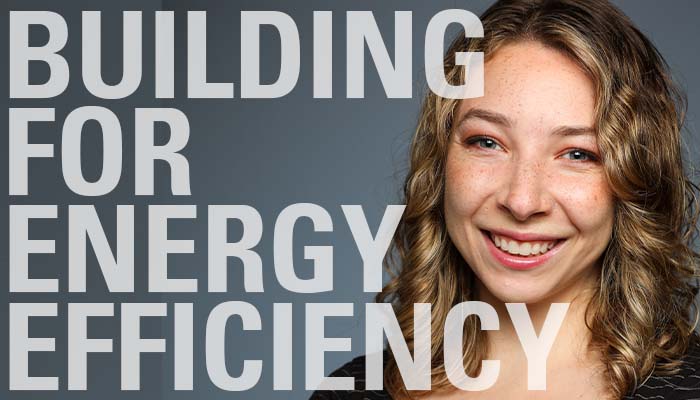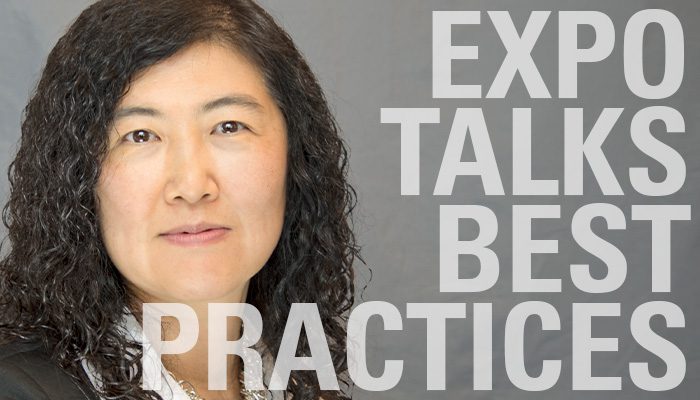The German American Chambers of Commerce (GACC) is hosting a Chicago event focused on promoting energy efficiency in the building industry. (Learn more about the GACC conference.)
As employees return to their corporate offices, they want to know if the air they breathe will infect them with the coronavirus.
ESD Executive Chairman Raj Gupta addressed the importance of indoor air quality during the podcast “Further, Faster” with Matt Pistorio of Madison Rose.
“The jury is still out on what percentage of the virus gets transmitted through airborne particles, but more and more data shows it’s a possibility,” Gupta said. “We know past viruses and the common cold can be passed through the HVAC system.”
Gupta noted that the code requirement for outside air coming into buildings in Chicago is greater than the national average – which is a real benefit for indoor air quality — but still, “it’s important to bring more outside air ventilation into the space because it dilutes the concentration of contaminants in the space. Also increase the amount of exhaust air that’s going directly outside.” He also pointed out the effectiveness of MERV-13 filters for certain buildings and other air cleaning strategies like ultraviolet germicidal irradiation (UVGI).
Gupta admitted upgrading HVAC isn’t the sexiest of topics for building owners and can often be overlooked. “Upgrading infrastructure that no one sees, such as HVAC, is not at the top of the list where they want to spend their capital compared to lobbies.”
Gupta also touched upon the importance of a distributed workforce during this crisis.
“We embraced the distributed workforce model way before COVID-19,” Gupta said. “Our business is becoming so specialized that looking globally for our workforce is a big advantage. For the most part, most of our jobs can be done from just about anywhere.”




